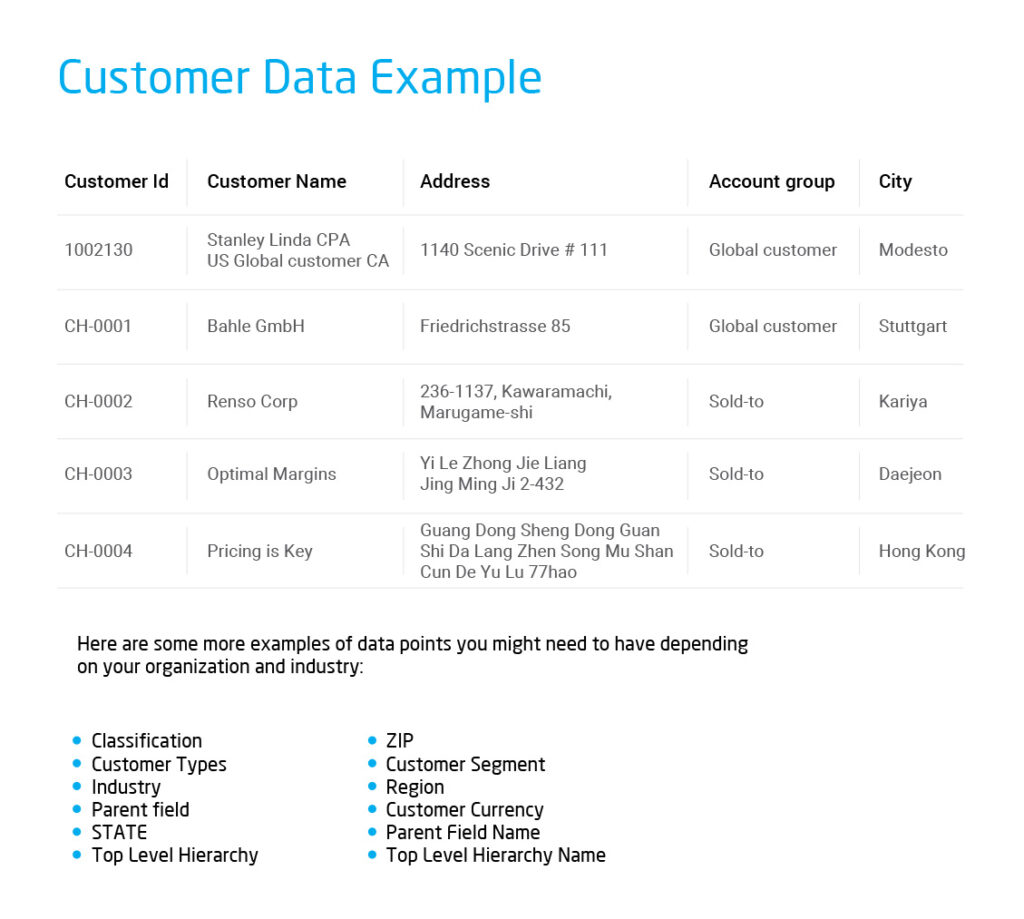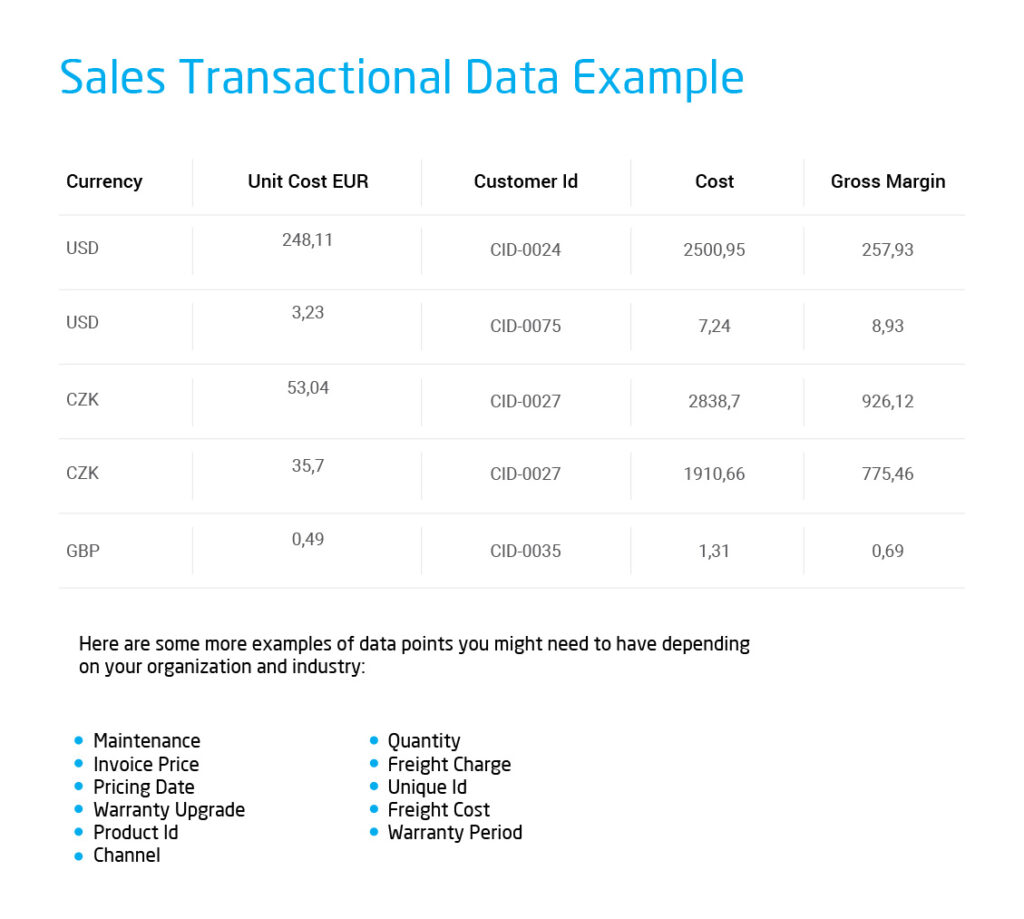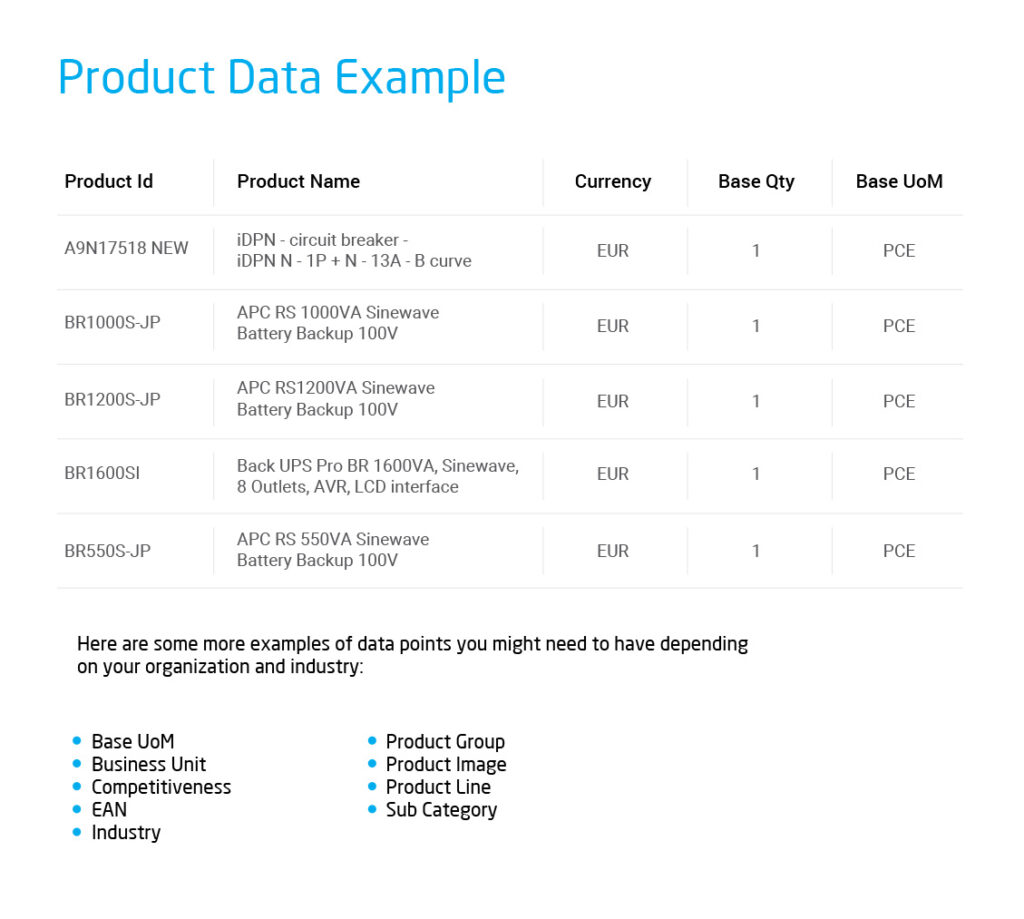4 Reasons Why Our Software Projects Fail
October 12th, 2021 (Updated 03/10/2023) | 5 min. read
By Chris Keenan
You’re probably here because you’re ready to implement new pricing software but have heard many horror stories about software projects that went horribly wrong. According to Revenue Management Labs, 92% of software projects fail. You know, the implementation projects where there was a lack of dedicated internal resources, so the project went over budget and took double or triple the time to be implemented. And after all of that, the final result was a tool that no one used or worse didn’t do what was intended.
We’ve helped several companies to implement software that’s so well received, it gets rolled out to other divisions too. We’ve also seen projects that weren’t successful.
With the following red flags gathered from our experience, you’ll be able to have the confidence to walk into any project knowing what to avoid so that you’re set up for success.
Unformatted, Unclean and Wrong Data Sets
Data is king, and if you don’t have your data ready to be consumable by the systems we will be building, then you won’t be able to implement any pricing software. By consumable, we mean clean data, which equates to no duplicates, consistent formatting and relevant to the process.
The three data sets you need to start any pricing project are the customer master data, sales transaction data and product data. This isn’t the only data you will need, but these are the minimum to get your pricing software project safely off the ground.
Customer Master Data: This is a document with all of the data about your customers such as account number, name, region, any industry data about that customer and other attributes that are relevant to pricing decisions. If it pertains to your customers, it needs to be in the master data.

Sales Transactional Data: This is all of the data to do with every transaction such as invoice number, customer, invoice date, ship to address, pricing source, item numbers sold, item descriptions, shipping warehouse and the salesperson responsible for the sale. The easiest way to think about sales transaction data is to pull up a copy of one of your invoices and look at the information on that document.

Product Data: This is data that refers to all relevant product details like item number, description, product group, product family, cost, inventory status and more. In short, any information you use to “describe” your products is relevant to bring in as your product master data.

Lack of Executive Sponsorship
We’ve seen a lot of projects that have gone well and others that have not gone as smoothly. One of the biggest factors that causes implementations to fail is a lack of executive sponsorship and buy-in.
For a transformational project to be successful, it is essential to have someone at the very top to be that project’s champion. He or she needs to let others know the importance of the project and work with the project team to remove any impediments and provide general steering and guidance to the project team. One crucial role is to clear out any obstacles and help make available the resources (money and people) necessary for the project’s success.
Without this person, the project might not get funded and reach the level of adoption you need to call the project successful.
A Lack of Stakeholder Buy-In
You will need several key roles to be assigned and filled if you want to end at the finish line with your collective arms raised in victory. But you will also need people who understand the importance of pricing, not only for one department but to the whole organization.
In addition to having the necessary skills to execute their tasks, more importantly, they should be willing and able to dedicate several hours a week to the project. Without this, you will end up experiencing delays when it’s time for making key decisions, testing or providing critical insights.
If you do not have stakeholder buy-in, then the process will take longer as you’ll become more focused on continually convincing them to take an active process. That’s precious time that could be spent implementing and training and ultimately reaching key business objectives.
An Unclear Definition of Success
I doubt you ever just hop into your car and drive without knowing the destination – unless you are clearing your head or off on a spontaneous adventure. So, the last thing you want to do at the end of a project is to report back to management or the executive team that it’s done without having a clear sense of the impact it will have on your company.
When it comes to projects that require company resources, you can’t afford to set out without a destination in mind. Pre-planning helps you to figure out where you want to be so that when all is said and done, you can point to specific KPIs that you were able to achieve with the help of the software you just spent weeks to months implementing.
Taking the Next Step and Planning for the Implementation
Now that you know what to avoid if you want a successful pricing project, you can discover what a software implementation project at Pricefx looks like by clicking on the article link below.
By getting consumable data, finding the right sponsor, getting the right stakeholders, and knowing exactly what you want to achieve, you can walk into any conversation with a clear idea of how to achieve success.
About the Author
Chris Keenan has over 3 decades of experience in pricing, software implementation, and operations management. In addition to leading software delivery for the past twelve (12) years, he’s worked for Global 1000 companies improving their pricing practices to be able to achieve greater win rates and implement price increases in fast-changing commodity pricing environments. Before Pricefx, Chris led pricing and operations for a multi-store retail chain in the architectural paints industry.
